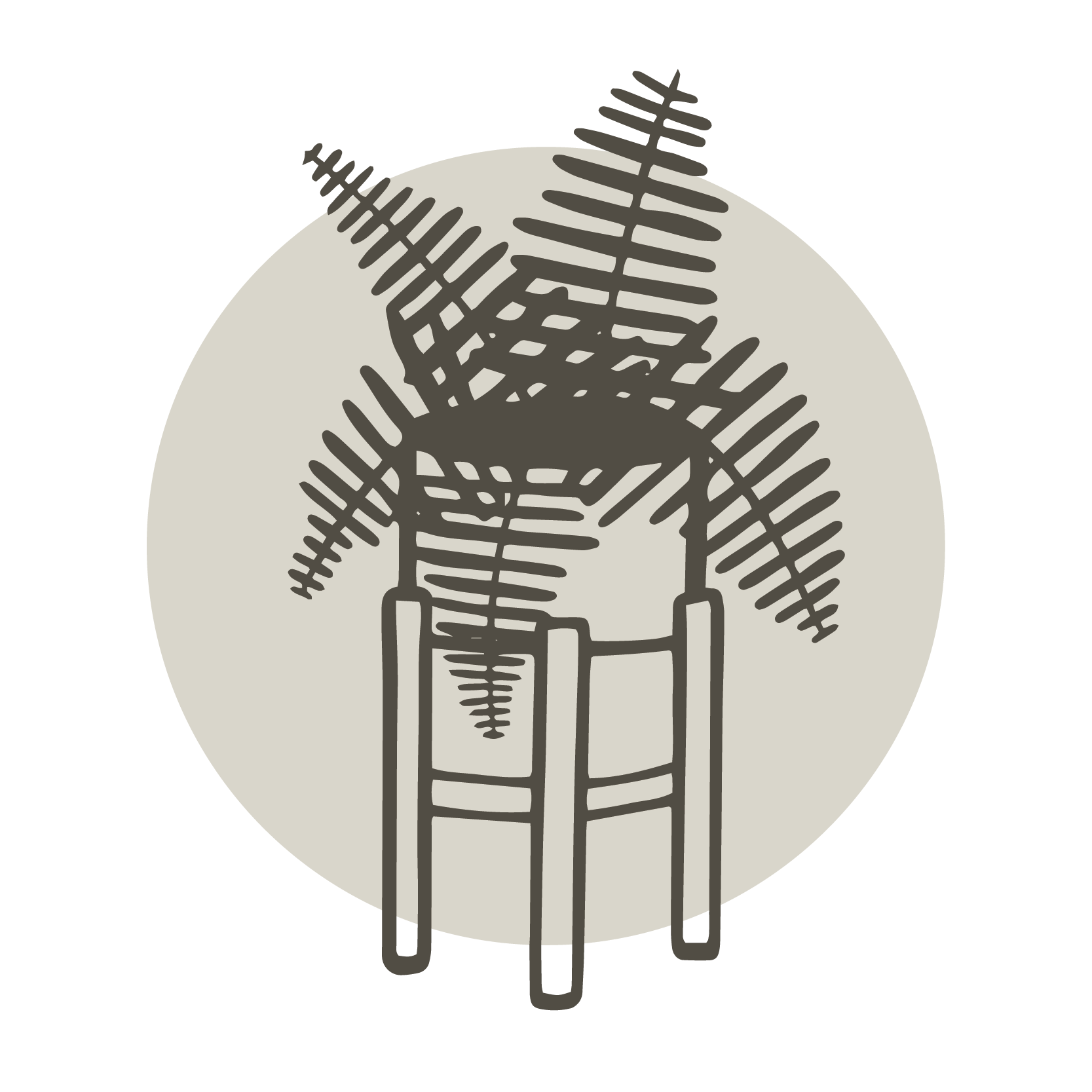Your cart is empty
Keep Shopping
If you missed our most recent chat with Toby Buckland over on BBC Radio Devon, you can listen back to the whole show over on BBC Sounds here.
This week, we took some time to focus on an absolute houseplant classic; the Cheese Plant.
You would be hard pressed to find somebody who doesn’t at least recognise that iconic Monstera deliciosa foliage. It’s become synonymous with the trend for all things ‘botanical’ and can be seen adorning everything from jewellery to wallpaper, clothing and even stationary. But why are those unique leaves the way that they are?

Holy Moly!
The holes or splits in a Monstera’s leaves are scientifically known as leaf ‘fenestrations’. There has been a long-running debate amongst botanists about the reason for the Monstera developing these splits, with many suggesting that the fenestrations have evolved to help the plant withstand strong winds (like the Strelitzia has done through splitting it’s leaves) and to allow for rain to pass through the leaves and reach the roots of the plant. However, this argument is flawed and is widely believed to have been overturned by a theory put forward by American botanist Christopher Muir.
Muir’s theory states that as Monstera grow in low light levels underneath the rainforest canopy, they are reliant on collecting light through ‘sunflecks’, or brief shafts of light that break through the canopy above. However, these sunflecks are sporadic, meaning that in order to capture as many of these spots of light as possible, the Monstera has developed fenestrations to allow it to grow much larger and more spread leaves with more surface area to catch light, ensuring it's growth and survival.

The first thing to know about these fenestrations is that they only develop in all their glory on the more mature foliage on a mature plant, and only then if you’ve got the conditions right. If you’ve recently taken on a younger plant, you’ll currently be faced with a leaf that looks more like a Philodendron hederaceum than the Cheese Plant of your dreams.
To get those dustbin lid-sized, fully fenestrated leaves you need a little patience and to ensure that you give your Monstera plenty of bright indirect light, decent levels of humidity (through regular misting) and the occasional feed in the summer. If your plant throws out small un-fenestrated foliage, it’s possible that your plant is lacking in light, humidity or nutrients.
If you want to encourage newer, more mature and fully fenestrated leaves, it is worth giving your Monstera an annual pruning. You can effectively cut back up to a third of a mature plant each year to help encourage growth. It is important to look at where leaves overlap or may be competing for light and sacrifice those that may be destined to fail.
What’s in a name?
The name Monstera deliciosa is derived from the latin for “monstrous” or “abnormal”, a reference to that iconic foliage, and “delicious” referring to the lesser known fruit that this plant produces.

If found growing wild in the rainforests of South America, Monstera can produce flowers that are similar to a very large Peace Lily flower, with an off white spathe and large spadix, or flower spike, at its centre. It is this spike that when correctly ripened is not only edible, but apparently tastes like a delicious mix of Pineapple and Banana. In Mexico, this fruit is commonly eaten as a desert and made into jams. However, be warned, if the fruit is not ripened correctly, it contains high levels of Calcium Oxalate which is toxic!
Getting a Monstera to flower in the UK is no mean feat; we are lucky enough to have managed it once with a very mature specimen that we had in store last year!
What on earth are those?!?
In the wild, Monstera will seek out trees to attach themselves onto and grow up using their aerial roots. When kept as a houseplant in a pot, it is easy to mistake the growth of these aerial roots as a sign that your plant needs repotting. But don’t reach for the compost just yet. It is not uncommon for Monstera to completely detach themselves from their ground roots and live as epiphytes, or ‘air plants’, on other trees in the rainforest.

One sure fire way to kill off your Monstera is to dump it in a huge pot with lots of compost and drench it. Whilst monstera enjoy lots of humidity, they can easily become upset when their roots remain damp for too long. If your Monstera is throwing out lots of aerial roots, it is simply looking for something to attach itself onto. You can help with this by providing a coir pole or support for it to grow up. Alternatively, you can cut back the aerial roots and new growth to encourage a more compact specimen to develop.
If you are looking to repot, ensure that you use a good free draining potting mix. Either a coir compost, or a decent multipurpose mixed with handfuls of perlite is great for this. As with all repotting we’d recommend holding off until Spring if possible.
If you've got any burning questions about your Monstera, that we haven't covered here, feel free to drop us a message via the Contact Us page of the site!






















